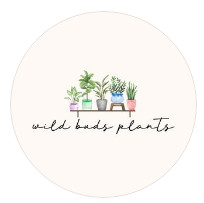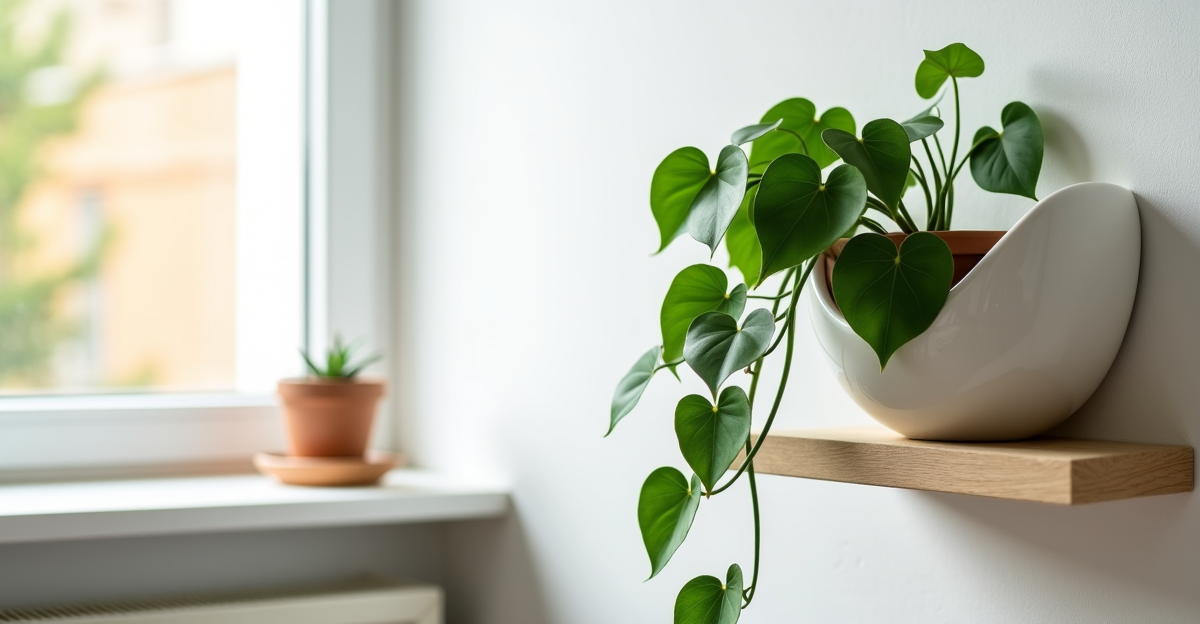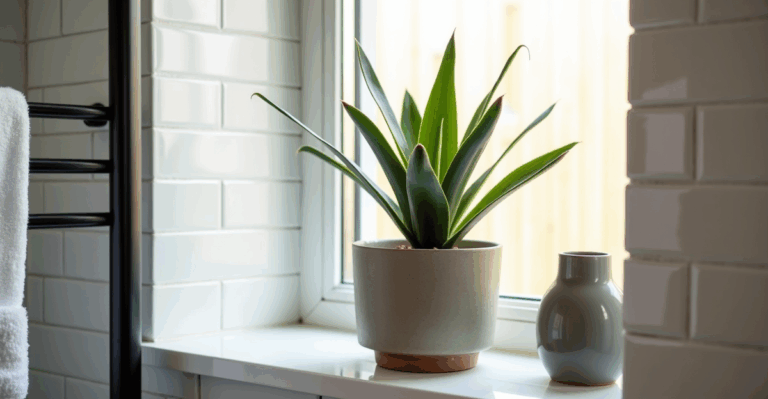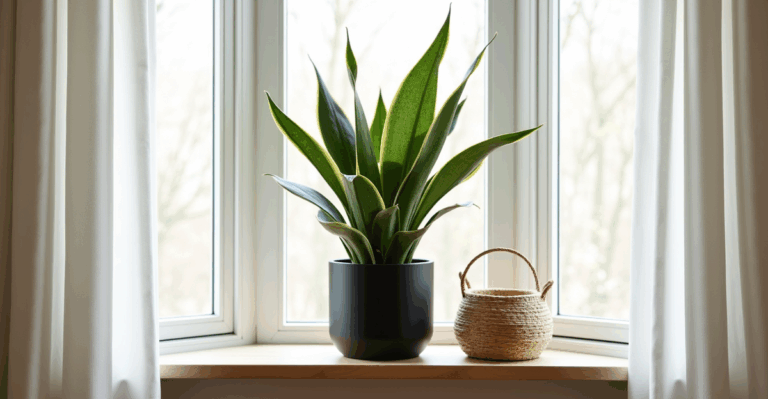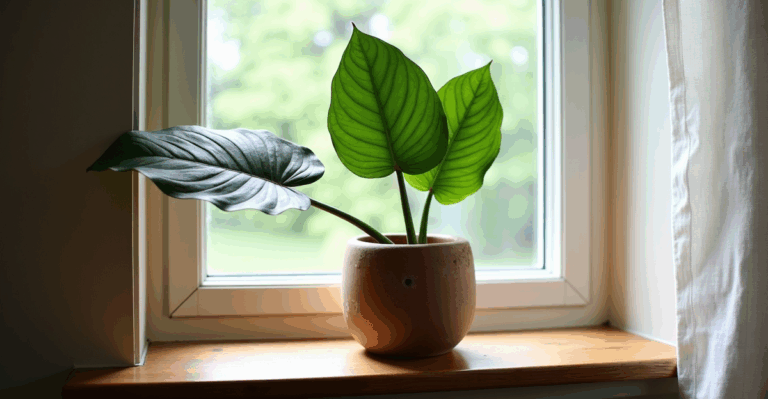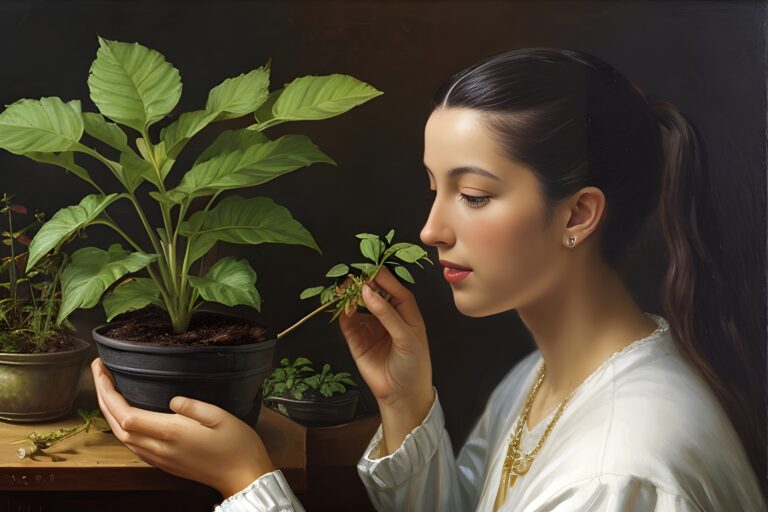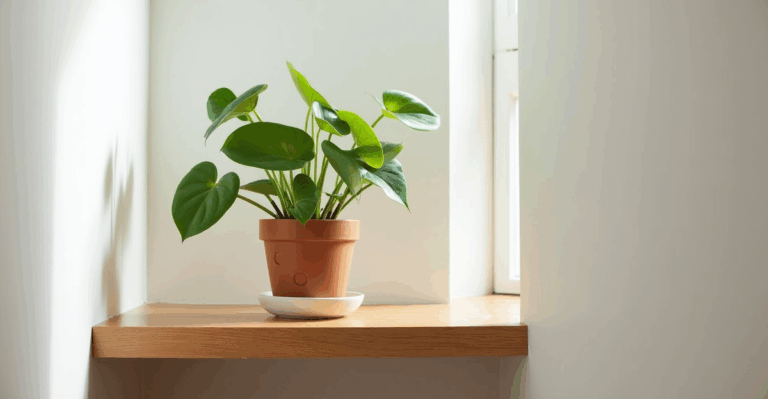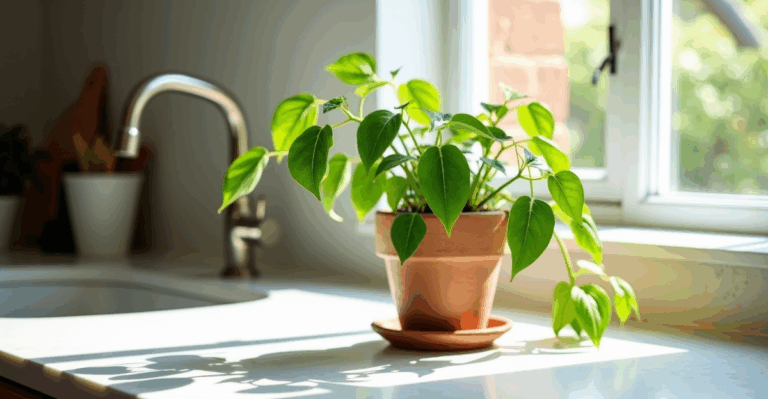Your Bedroom’s Secret Green Ally: Philodendrons That Thrive on the Wall
Picture this: You’ve finally swapped your bulky, floor-bound monstera for a sleek wall-mounted planter. The plant cascades just below your window, catching that soft morning light, while the space feels instantly calmer, more intentional. But then you notice the leaves of your new Philodendron hederaceum (heartleaf) turning pale yellow. You’d water it as usual, but now it’s too wet. Sound familiar? We’ve been there too—trying to make wall planters work without turning your bedroom into a soggy mess.
The truth is, not all philodendrons are built for vertical living. Some crave constant humidity you can’t reliably create in a bedroom, others need direct sun that’s impossible to get on a north-facing wall, and some just struggle with the drainage quirks of hanging planters. But the right variety, paired with smart care, becomes a silent partner in your daily calm. No more guessing. Just a plant that breathes easy, looks stunning, and stays that way.
Why Wall Planters Demand the Right Philodendron (Not Just Any Plant)
Most people pick a philodendron because it’s “easy,” then wonder why it’s wilting or developing root rot in a wall planter. The catch? Wall planters dry out faster and hold less moisture than pots on the floor. That’s great for drought-tolerant plants like snake plants, but philodendrons need consistent moisture, not dry spells. You can’t just grab any philodendron and hang it up—your success hinges on picking one that naturally tolerates the unique rhythm of wall-mounted care.
We’ve tested dozens across different bedroom setups. The key is matching the plant’s native habitat (tropical rainforest understory) to your room’s light, airflow, and humidity while accounting for how a wall planter changes water dynamics. Forget “low light” as a blanket term—know where your window faces and how bright the room gets.
1. Heartleaf Philodendron: The Unbeatable Starter
Why it works: This is the classic for a reason. It adapts to almost any bedroom light (east or west windows are perfect, but even north-facing rooms with a small window work), tolerates slightly drier air than most, and grows fast enough to hide small gaps in a wall planter. Its glossy leaves stay vibrant without needing insane humidity.
What most miss: People think “low light” means dark—but heartleaf thrives on the diffused light of an east-facing window (bright but no harsh morning sun). In a north-facing bedroom? Give it a small LED grow light on a timer for 4–6 hours in the morning. It’s not a fancy setup—just a $15 clip light on your dresser.
Care reality check:
– Watering: Stick your finger 2 inches into the soil. Only water when it feels dry there. Wall planters dry out faster than floor pots, so you’ll likely water every 7–10 days in summer vs. 10–14 in winter.
– Edge case: If your bedroom is very dry (common with forced-air heating), place a small pebble tray under the planter. The evaporating water creates a humidity pocket without making the roots soggy.
– Styling tip: Hang it at eye level (not too high!) so the trailing vines gently curve down. Use a simple, open-weave planter to let roots breathe.
2. Philodendron ‘Brasil’: The Variegated Star
Why it works: That vibrant yellow-and-green variegation? It’s not just for show—it signals a plant that needs more light than plain green philodendrons. East or west windows are ideal. In a bedroom, this is the only variegated philodendron we’d trust on the wall (others like Moonlight need too much light). It stays compact, so it won’t overwhelm a small space.
What most miss: Variegated plants require more light to maintain their color. If it’s in a dim corner, the green parts will dominate, and the yellow fades. You can’t compensate with extra fertilizer—it just makes the plant leggy and weak.
Care reality check:
– Light: Needs 3–4 hours of bright, indirect light daily. East window = perfect. West window = avoid direct afternoon sun (it’ll scorch leaves).
– Watering: Same as heartleaf—wait until the top 2 inches feel dry. Overwatering here causes root rot fast in wall planters (no chance for excess water to drain away).
– Edge case: If your bedroom gets no natural light (e.g., windowless room), skip Brasil. It will slowly lose its color and decline.
– Styling tip: Pair it with a matte black wall planter. The contrast makes the variegation pop. Hang it slightly off-center for visual interest.
3. Philodendron Micans: For Humidity Lovers (With a Plan)
Why it works: Mics has this velvety, deep-green leaf that loves humidity. If your bedroom is humid (thanks to a bathroom nearby or a humidifier), this is your dream plant. It’s compact and grows slowly, so it won’t take over a wall planter.
What most miss: Mics craves humidity and consistent moisture. But if you’re in a dry climate (like a city with winter heating), it’s a high-maintenance wall plant. Don’t just add a humidifier to the room—make the planter itself a humidity source.
Care reality check:
– Humidity hack: Place the planter on a tray of wet pebbles (not standing in water!). The evaporating moisture creates a localized humid pocket. Don’t mist the leaves—this can cause fungal issues in enclosed spaces.
– Watering: Water when the top 1.5 inches dry (more frequent than heartleaf). In dry air, it may need water every 5–7 days.
– Edge case: If your room has low humidity and you can’t add a tray (e.g., small space), skip Mics. It will develop brown leaf tips and drop leaves.
– Styling tip: Use a planter with a slight lip to hold the pebble tray. A textured ceramic or 3D-printed planter (like ours) works perfectly—it’s lightweight but holds its shape.
Wall Planter Wisdom: Avoiding the 3 Biggest Mistakes
We’ve seen it too many times:
– Mistake 1: Using a pot without drainage → Water pools at the bottom, killing roots. Fix: Always use a planter with drainage holes or a self-watering system (but note: self-watering can lead to overwatering in low-light rooms).
– Mistake 2: Hanging it too high → Vines can’t reach the light, causing leggy growth. Fix: Hang at waist height or lower in most bedrooms (adjust for your ceiling height).
– Mistake 3: Ignoring seasonal shifts → In winter, you’ll water less often (soil stays moist longer), but in summer, you’ll need to check daily. Fix: Set a reminder to check the soil on the same day each week.
Why 3D-Printed Planters Solve Wall-Planter Headaches
You’ve probably tried hanging a generic planter, only to deal with:
– Cracks from the wall mount shifting
– Bulky designs that don’t fit your window spacing
– Materials that trap moisture and cause root rot
That’s why we love 3D-printed planters. They’re designed specifically for wall mounting:
– Lightweight (no stress on your wall or the plant)
– Precision-fit for common wall dimensions (no guessing)
– Integrated drainage (prevents water from pooling)
– Eco-friendly materials (no toxic dyes, just smooth, natural finishes)
We use them in our own bedroom setups—no more worrying about a heavy planter falling or leaves touching the wall. They’re the quiet upgrade that makes your plant thrive without you doing extra work.
The Bottom Line: Your Bedroom, Your Rules
Philodendrons on the wall aren’t just decor—they’re part of your sanctuary. Pick the right variety for your light, water it with the care it needs (not a one-size-fits-all rule), and style it so it feels intentional, not like an afterthought. Heartleaf for reliability, Brasil for bold color, or Mics for humidity-loving moments.
We’ve seen how these small choices transform a room from “just a bedroom” to a space that feels lived-in and alive. And when your plant is thriving, you feel that calm too.
When you’re ready to grow your setup, explore our 3D-printed planters.
Key Takeaways
– Heartleaf thrives in most bedroom light with simple care.
– Avoid variegated philodendrons in low-light rooms—they’ll lose color.
– Always pair wall planters with a drainage solution to prevent root rot.
